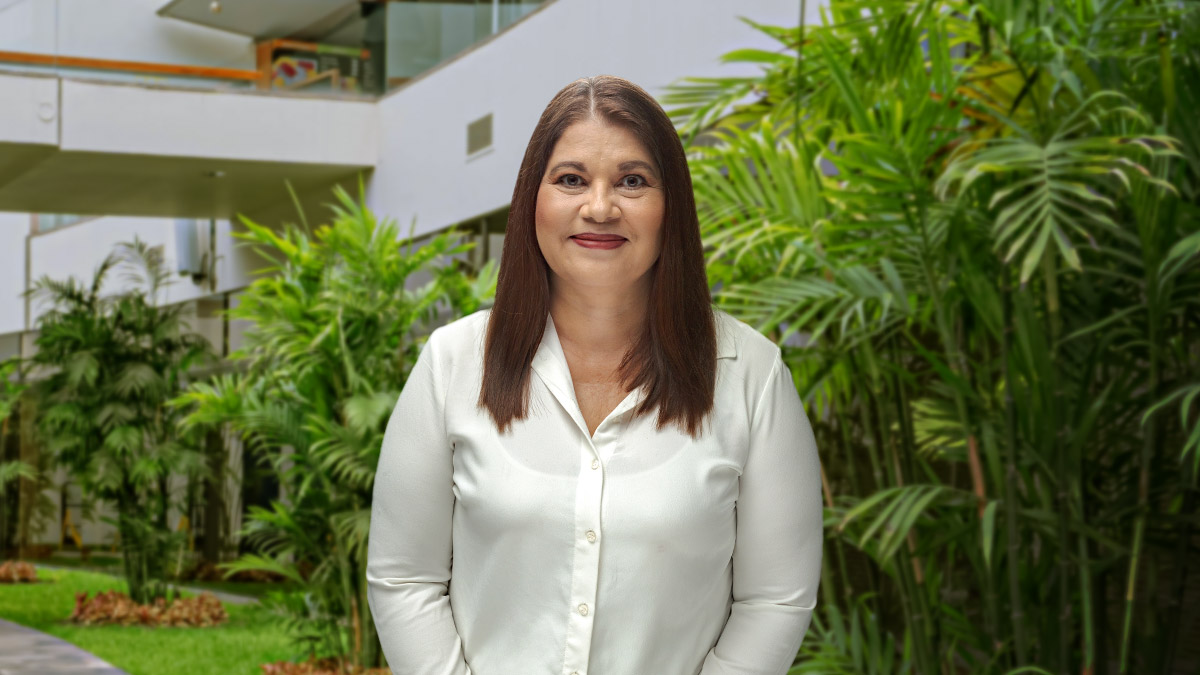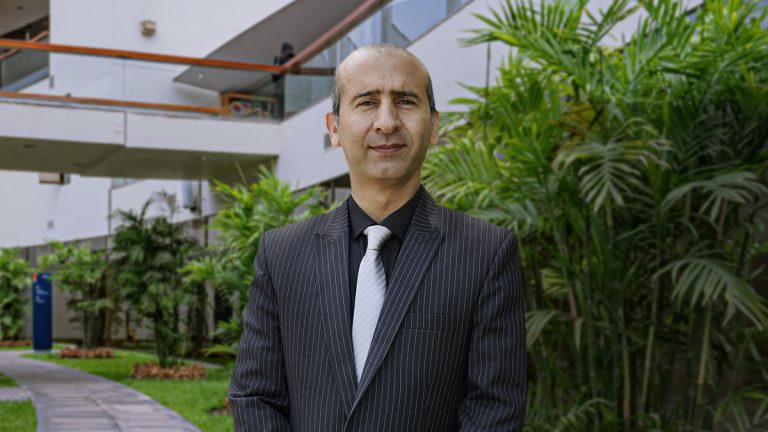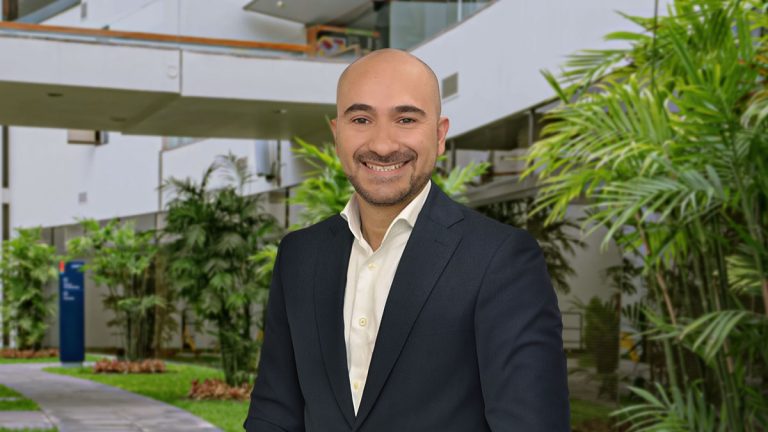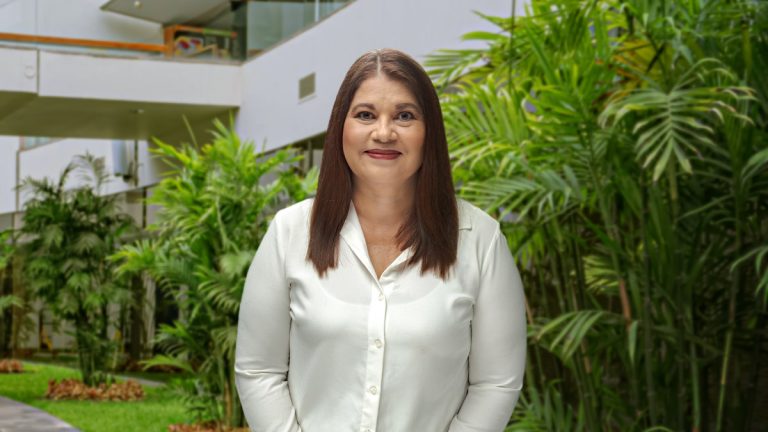Abstract
The future of education requires high-capacity training to prepare competent citizens to solve complex problems. What are the teacher training practices that promote complex thinking in university students? This article aims to delineate the trajectories of teaching practices in order to identify insights into educational trends, using strategies of intentional integration and implementation applicable to higher education institutions. We used sequential explanatory mixed methods, applying big-data analysis tools and interviews with expert teachers to develop reasoning-for-complexity competencies and analyze significant documents. The study population consisted of 1980 students and ten teachers and administrators from higher education institutions. The units of analysis were training practices, trajectories, and trends. We used sequential explanatory mixed methods, applying big-data analysis tools such as Python for data processing and analysis. Additionally, we conducted interviews with expert teachers and analyzed significant documents, including institutional reports, curriculum guidelines, and academic publications to develop reasoning for complexity competencies. The findings report on (a) Educational institutions that implement strategies for complex thinking unintentionally, without its explicit integration into their models; (b) Students demonstrating interdisciplinary, innovative, and critical problem analysis skills related to complex thinking; (c) Teachers employing active learning strategies using complex thinking sub-competencies for problem analysis and understanding; and (d) Trajectories for educational models to bring students closer to real-world problems, analyzing with diverse perspectives and integrating critical, scientific, systematic, and innovative thinking. This study aims to be of value to academic, business, and governmental communities interested in developing high capacities such as complex thinking.



